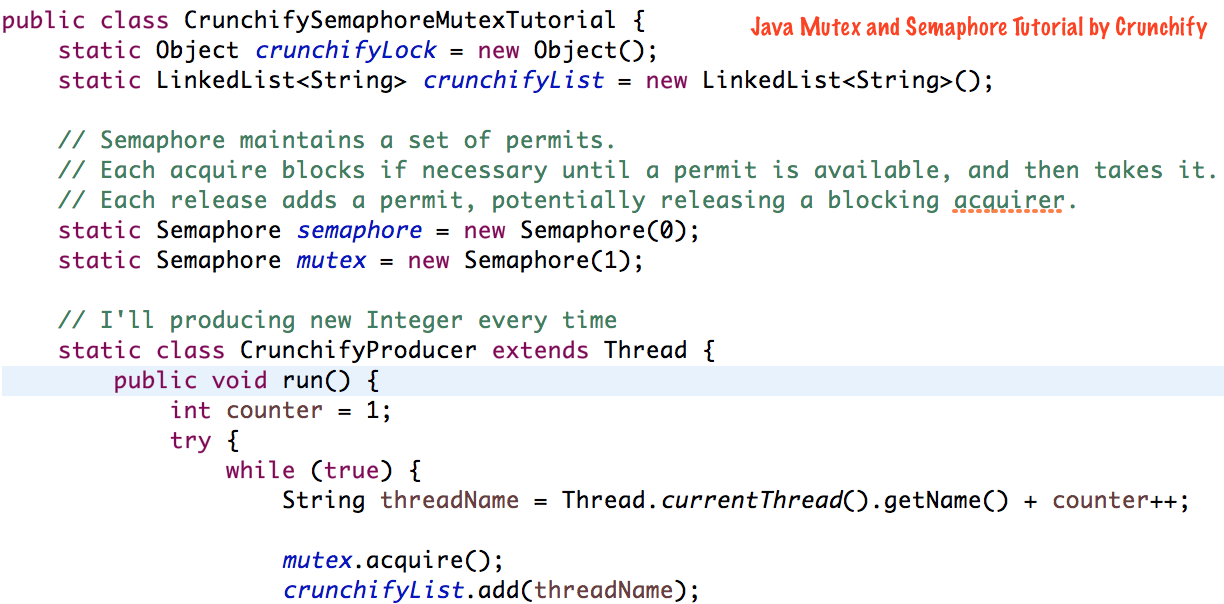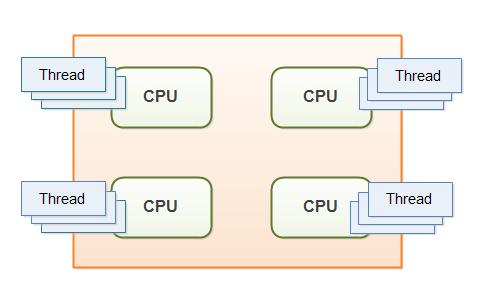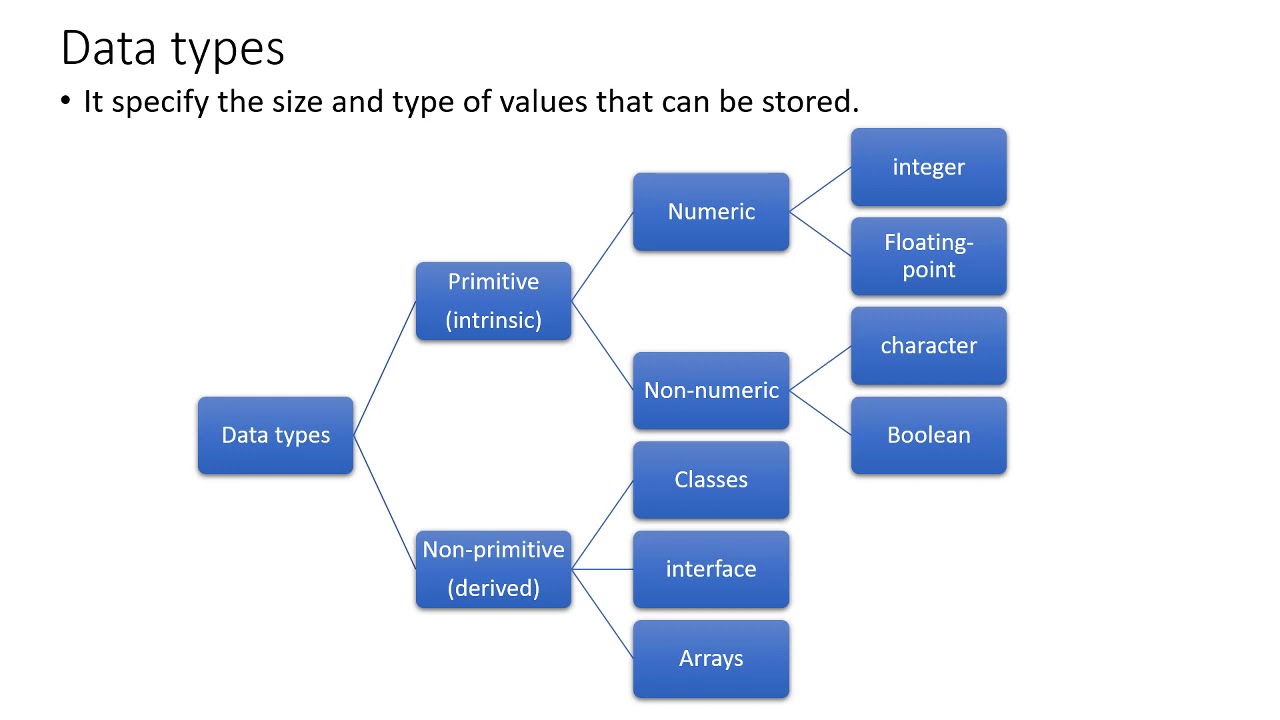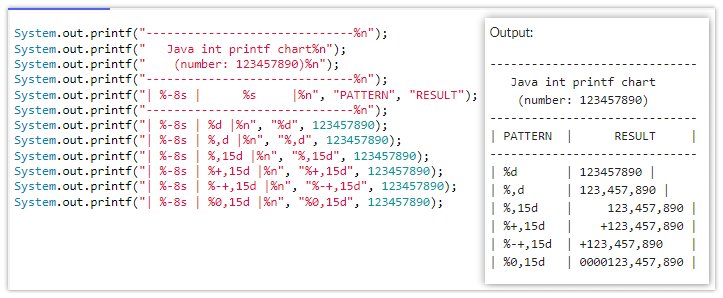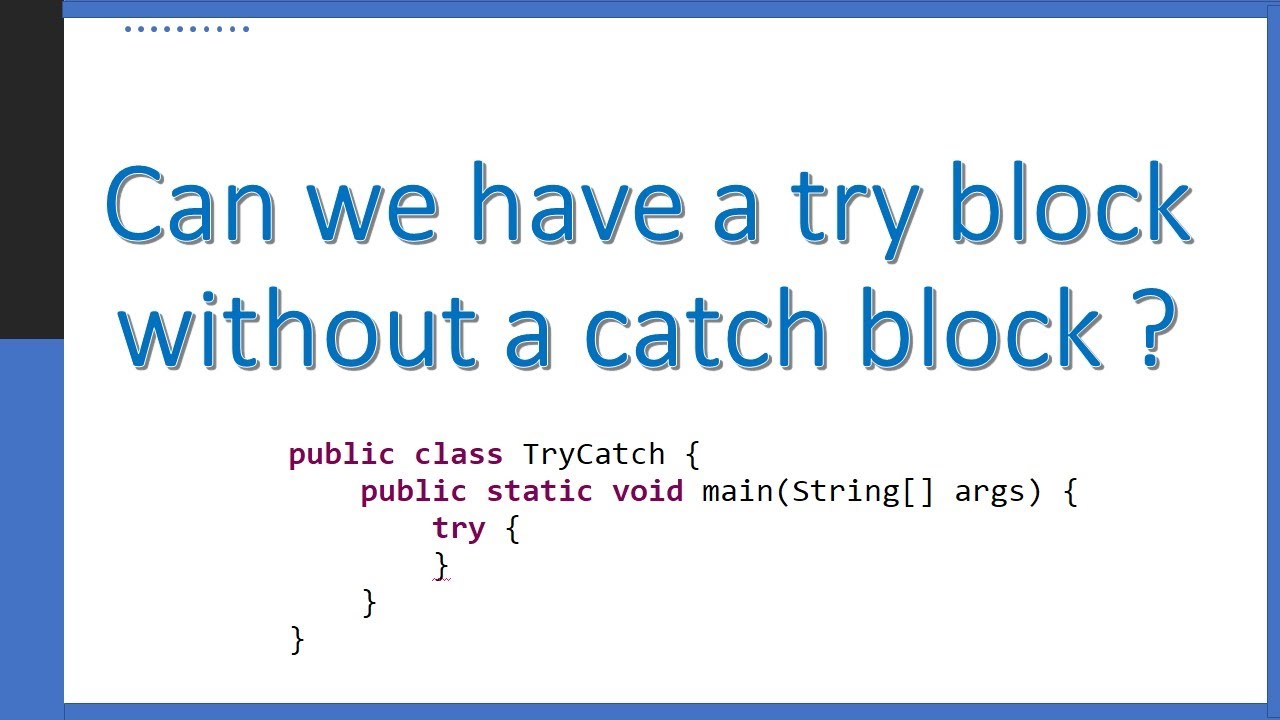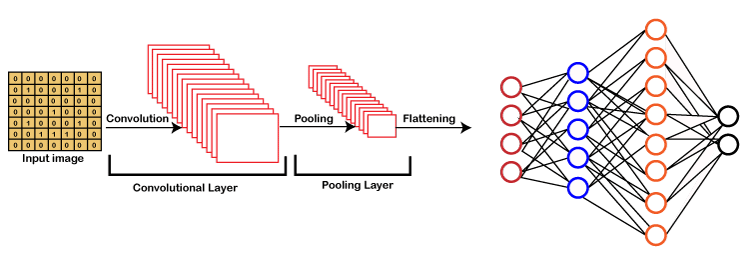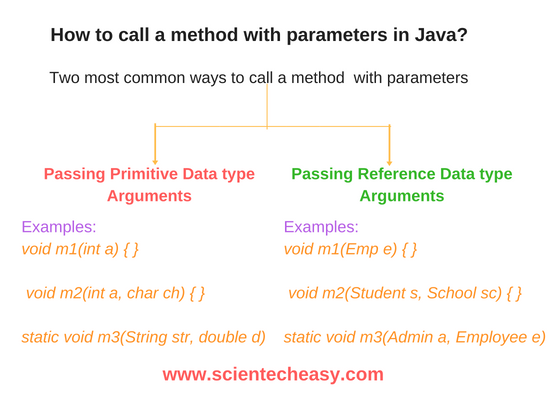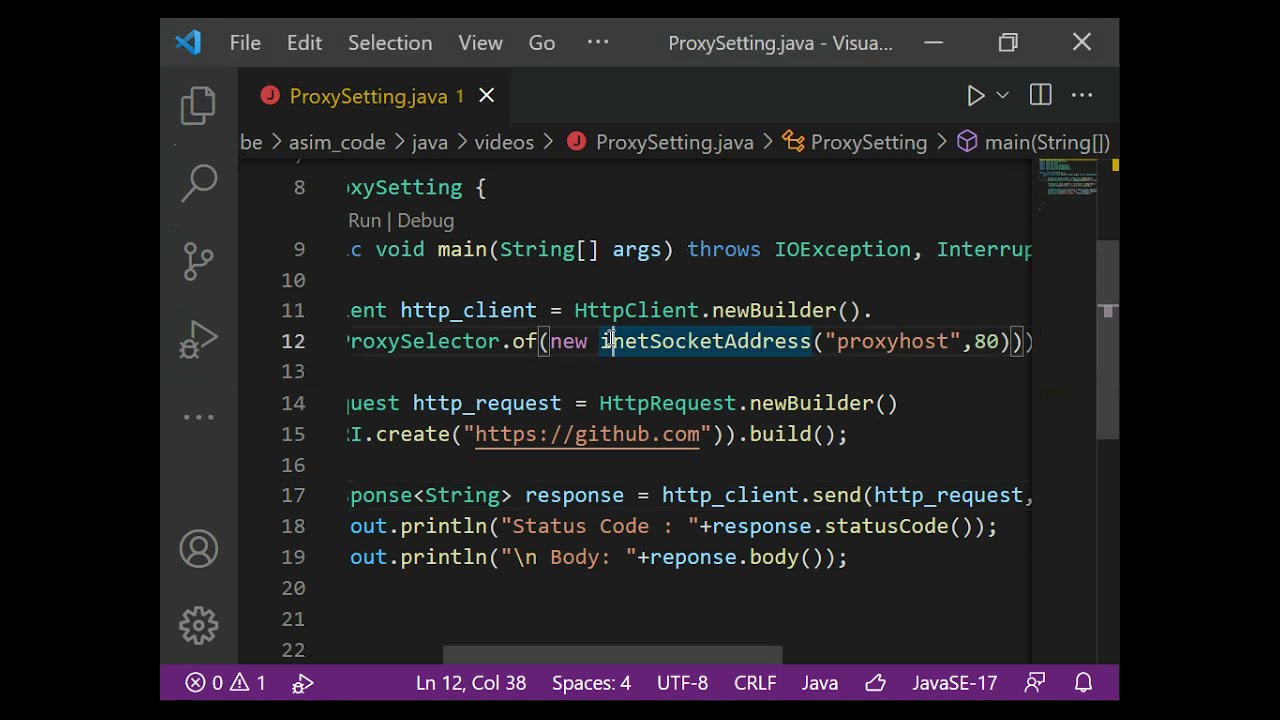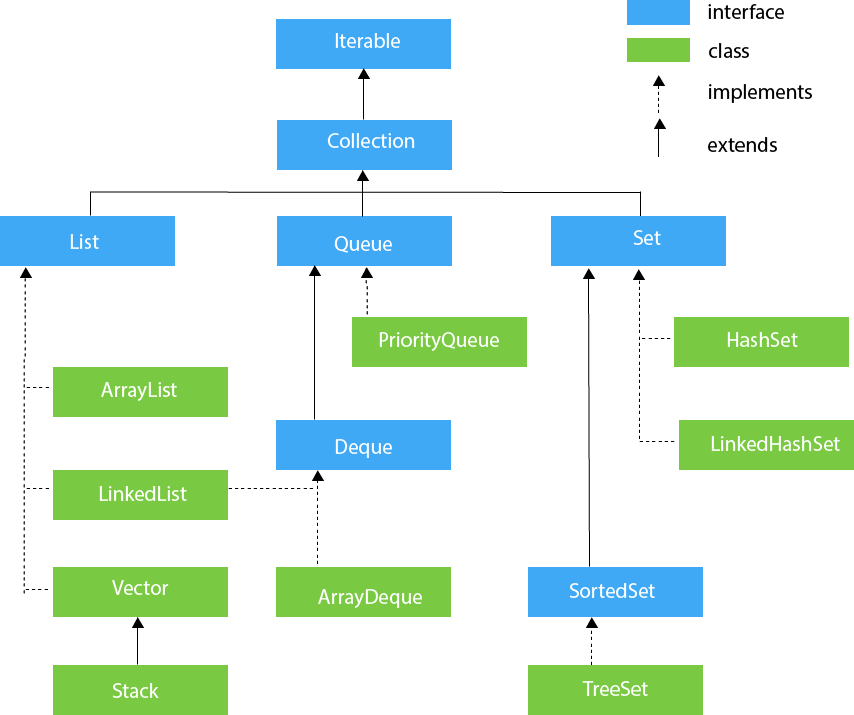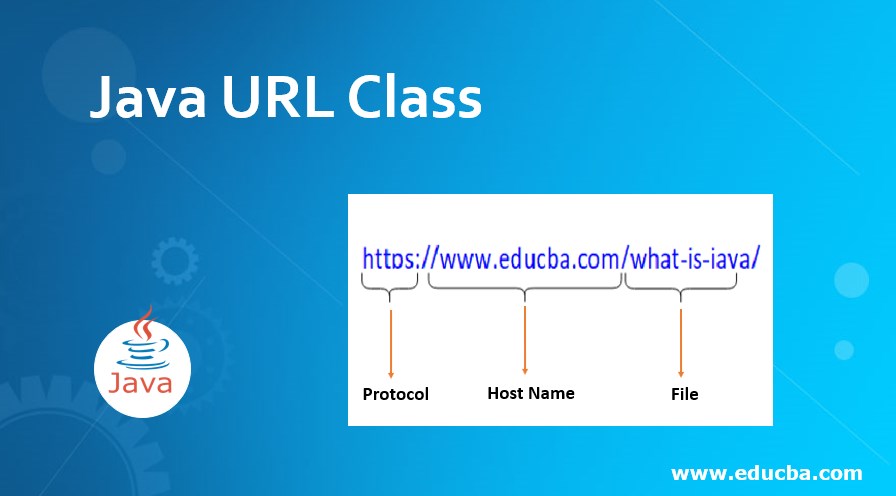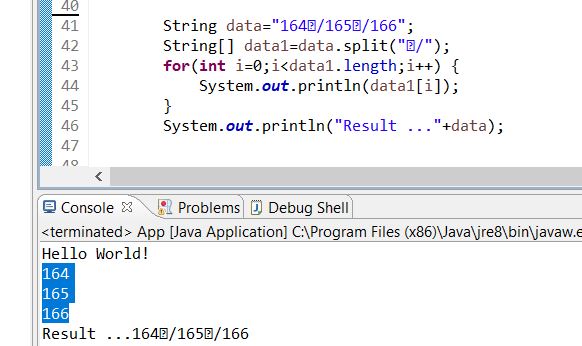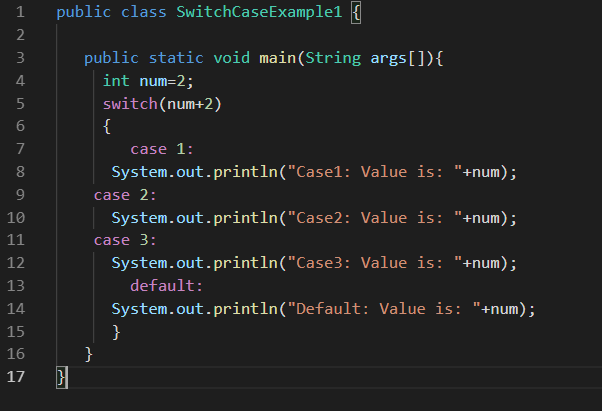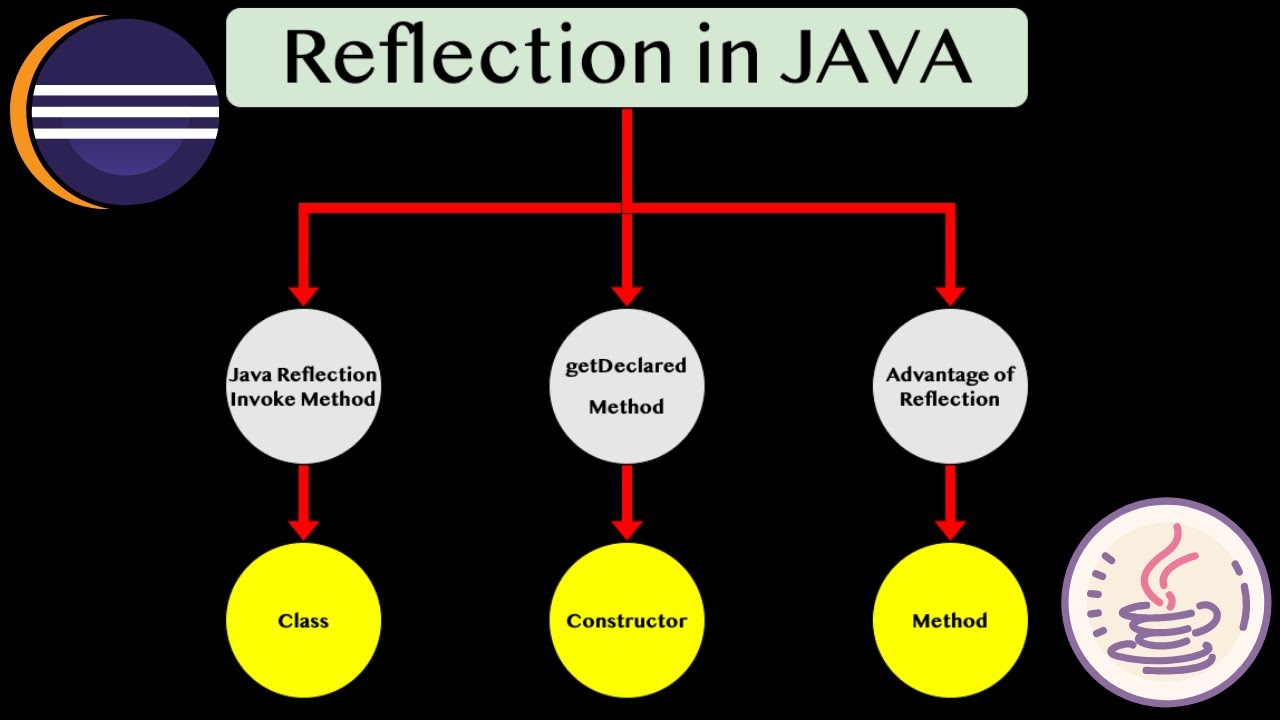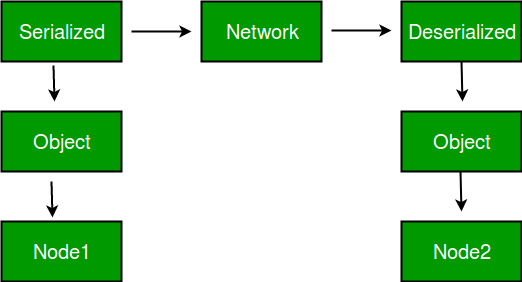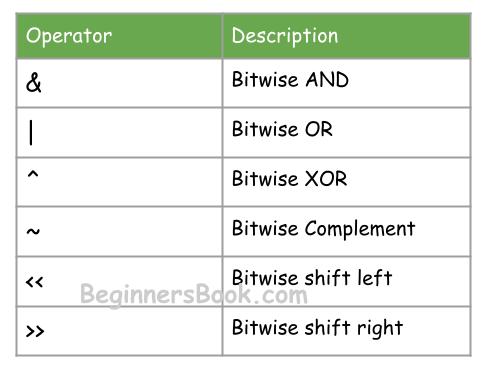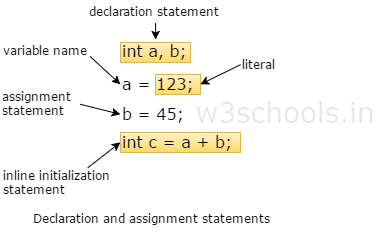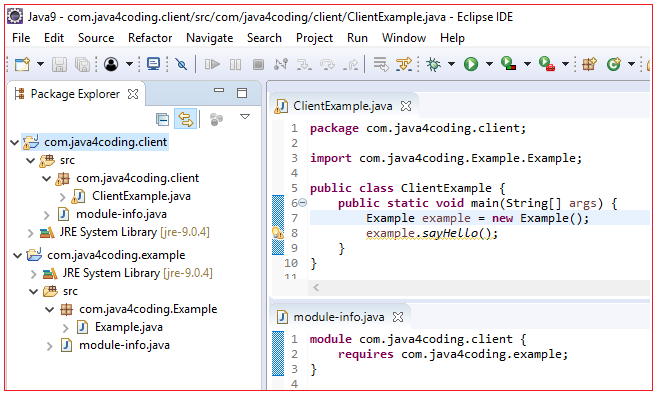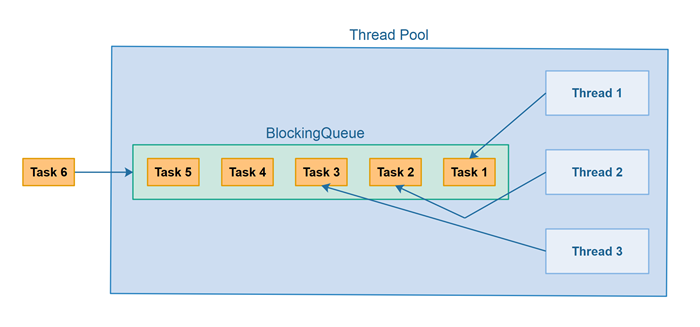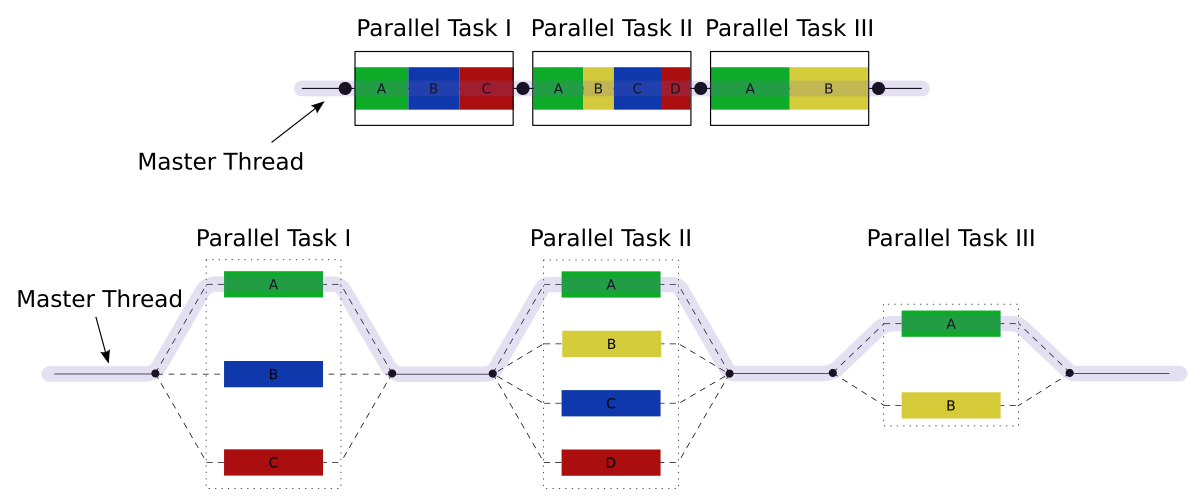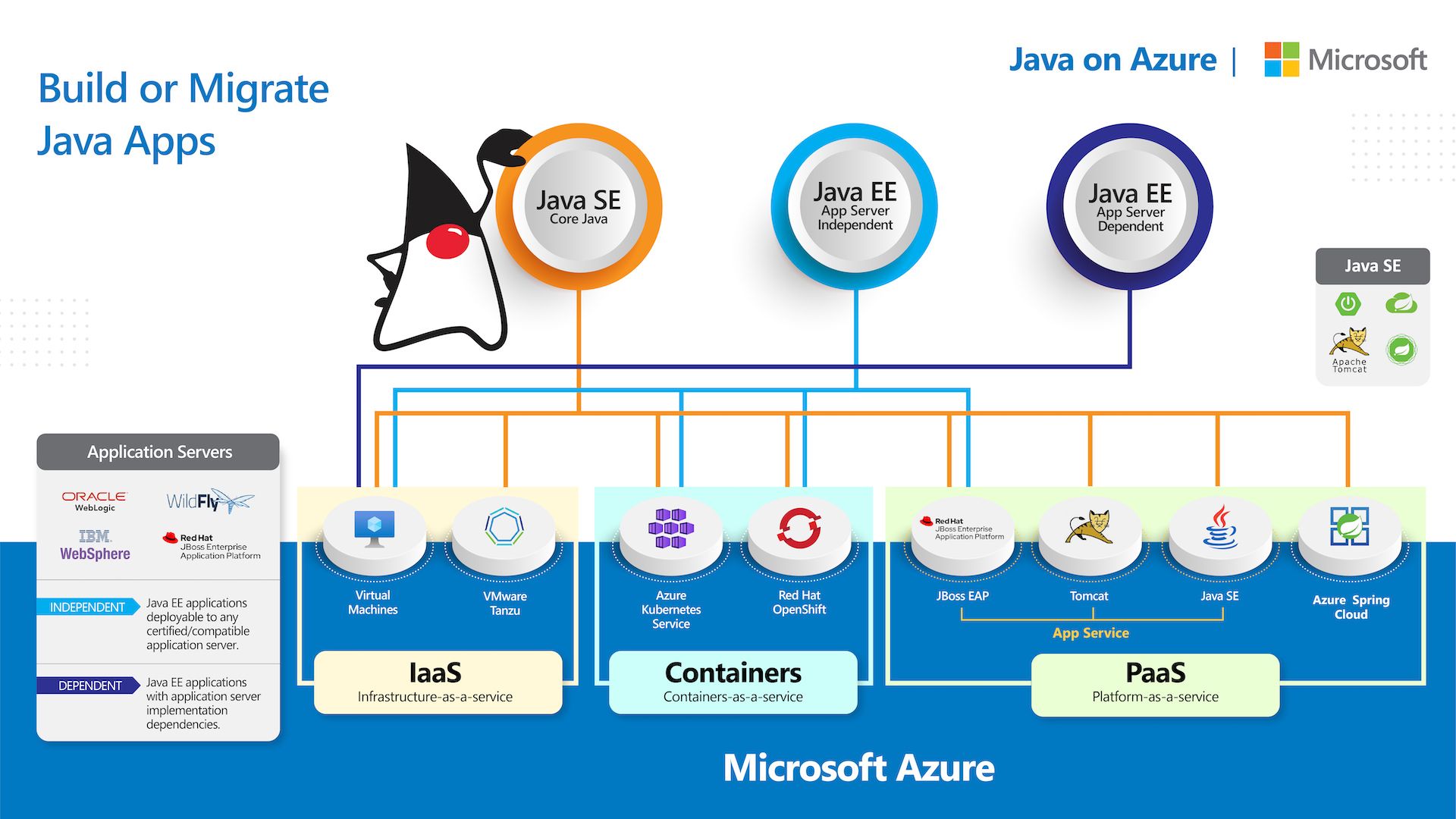Why should we use try catch in Java?
Why should we use try catch in Java?
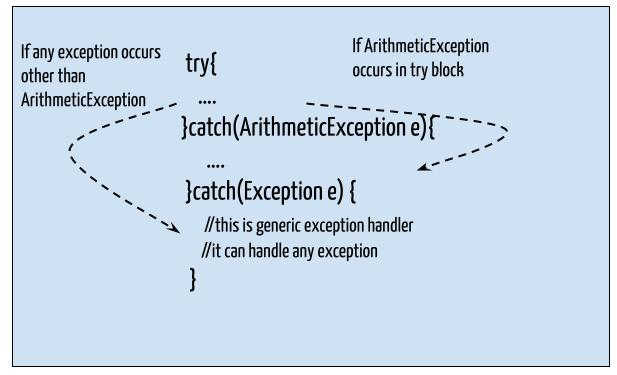
I'd be happy to explain why we should use try-catch blocks in Java!
When you're writing code, especially for a complex program or an enterprise-level application, it's crucial to anticipate and handle potential exceptions that might occur during the execution of your program. This is where try-catch blocks come into play.
What are exceptions?
In Java, an exception is an event that occurs during the execution of a program that disrupts the normal flow of instructions. It can be caused by various factors such as:
Logic errors: incorrect calculations or invalid assumptions.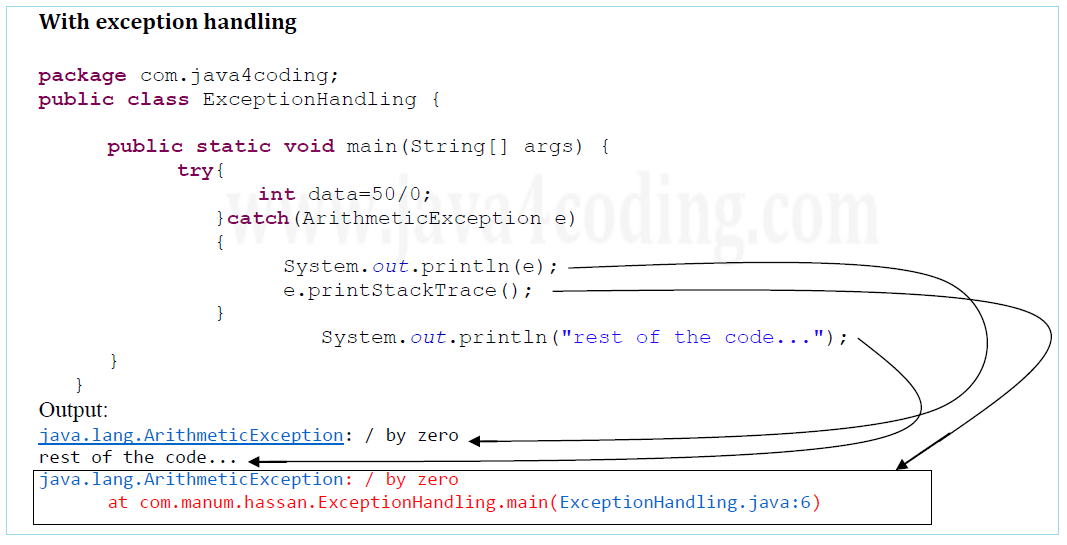
Why use try-catch blocks?
When you're writing code, it's essential to handle exceptions in a way that makes sense for your program. Here are some compelling reasons why:
Error Handling: Try-catch blocks enable you to catch and handle exceptions explicitly, allowing you to take corrective actions or provide meaningful error messages. Code Readability: By wrapping sensitive code within try-catch blocks, you can make your code more readable by hiding complex exception handling logic from the main program flow. Error Prevention: Try-catch blocks help prevent catastrophic errors that could crash your entire application or leave it in an unstable state. Reusability: Well-designed try-catch blocks allow for reusable code, which is crucial when dealing with complex algorithms or business logic. Improved Code Quality: By catching and handling exceptions intelligently, you can avoid the need for unnecessary debugging sessions or costly error fixes down the line.Best Practices
When using try-catch blocks in Java:
Use specific exception types to catch related exceptions. Avoid catching generic Exception classes (e.g.,Exception instead of IOException). Log errors and provide meaningful error messages for better debugging. Rethrow exceptions if you can't handle them intelligently.
In summary, using try-catch blocks in Java is crucial for handling potential exceptions that might arise during the execution of your program. By doing so, you'll not only ensure a more robust and fault-tolerant application but also improve code readability, reusability, and overall quality!
When to use try catch vs throws in java example
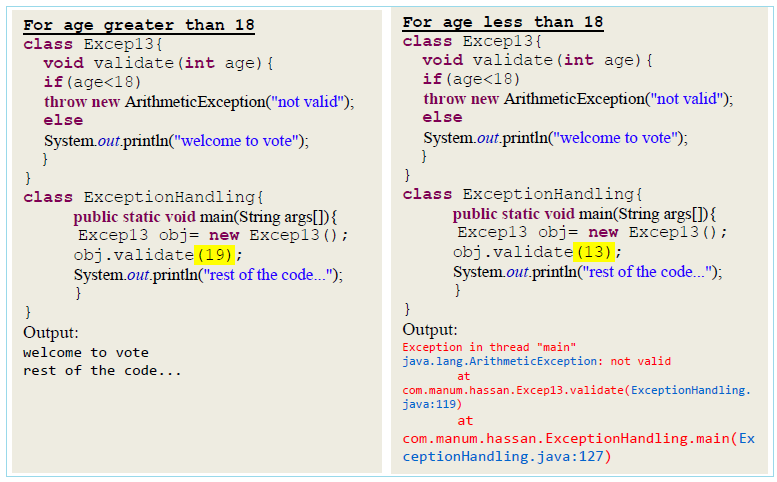
I'm glad you asked!
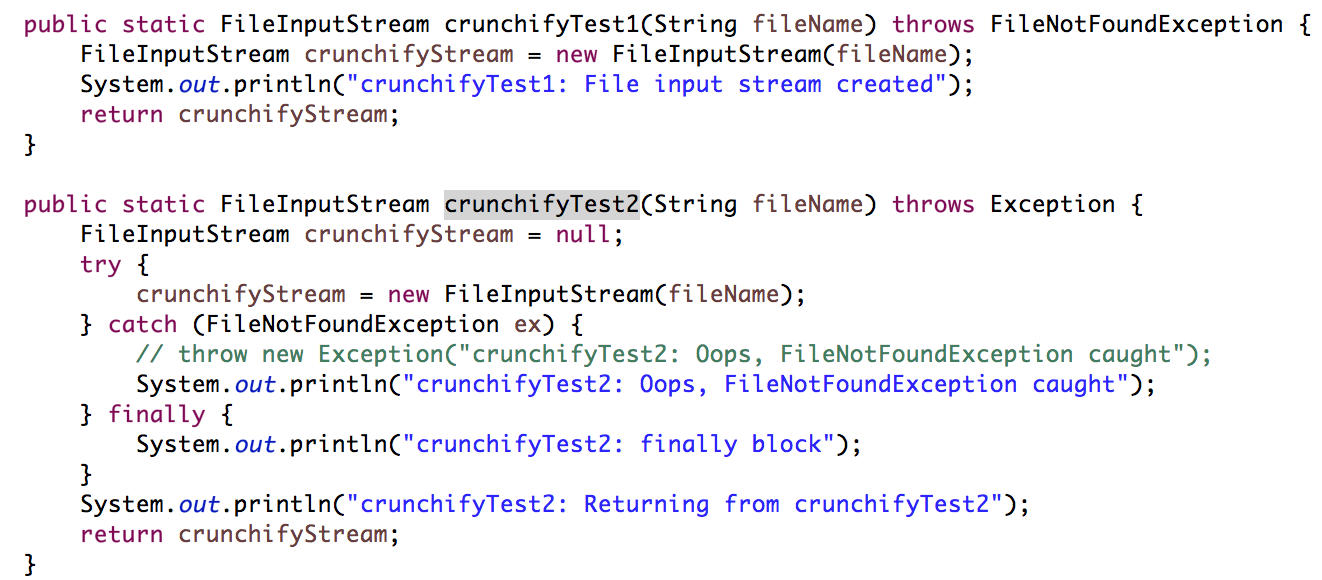
In Java, try-catch and throws are two fundamental concepts used for exception handling. While they serve the same purpose, i.e., dealing with unexpected runtime errors or exceptions, there's a crucial difference between them.

Try-Catch
A try-catch block is a structure that allows you to execute code that might throw an exception and catch that exception if it occurs. This is achieved using the following syntax:
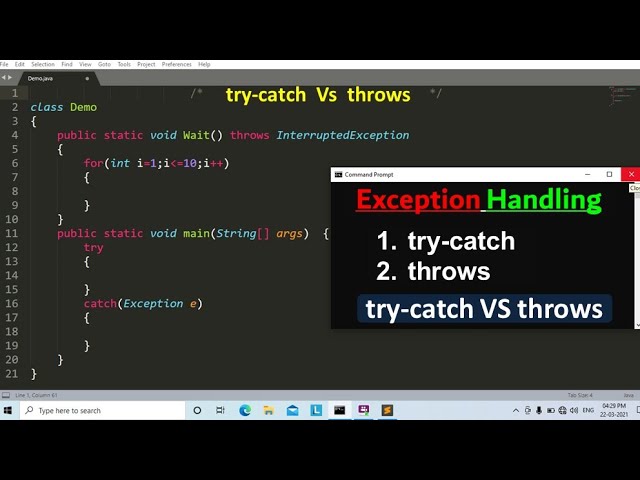
try {
// code that might throw an exception
} catch (ExceptionType e) {
// handle the exception
}
The try block contains the code that you want to execute, which may throw an exception. If an exception is thrown, the execution jumps to the corresponding catch block and executes the code within it. The catch block should have a matching ExceptionType that corresponds to the type of exception thrown in the try block.
Example:
public class TryCatchExample {
public static void main(String[] args) {
try {
int result = divide(10, 0);
} catch (ArithmeticException e) {
System.out.println("Cannot divide by zero!");
}
}
private static int divide(int a, int b) throws ArithmeticException {
if (b == 0) {
throw new ArithmeticException("Divide by zero is not allowed");
}
return a / b;
}
}
In this example, the try-catch block is used to catch an ArithmeticException that might occur when dividing by zero.
Throws
The throws keyword is used to declare which types of exceptions a method can throw. This allows consumers of your code (i.e., other developers) to understand what kind of exceptions they should be prepared to handle.
Example:
public class ThrowsExample {
public static void main(String[] args) {
try {
divide(10, 0);
} catch (ArithmeticException e) {
System.out.println("Cannot divide by zero!");
}
}
private static void divide(int a, int b) throws ArithmeticException {
if (b == 0) {
throw new ArithmeticException("Divide by zero is not allowed");
}
// no division operation here
}
}
In this example, the divide method declares that it can throw an ArithmeticException. This allows other developers to anticipate and handle these exceptions in their code.
When to use each
Now that we've seen both concepts, let's discuss when to use them:
Usetry-catch: When you're writing code that might throw an exception, and you want to catch and handle it immediately. This is particularly useful for situations where the exception can be safely handled within the same method. Use throws: When you're declaring a method that might throw an exception, but you don't plan on handling it within that method. Instead, you're leaving it up to the caller (other developers) to decide how to handle the exception.
In summary:
Usetry-catch for immediate exception handling. Use throws for declaring which exceptions a method can throw.
I hope this explanation helped clarify when to use each!
